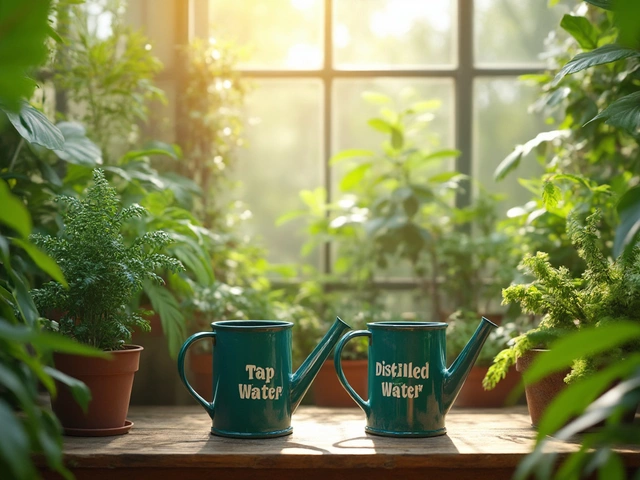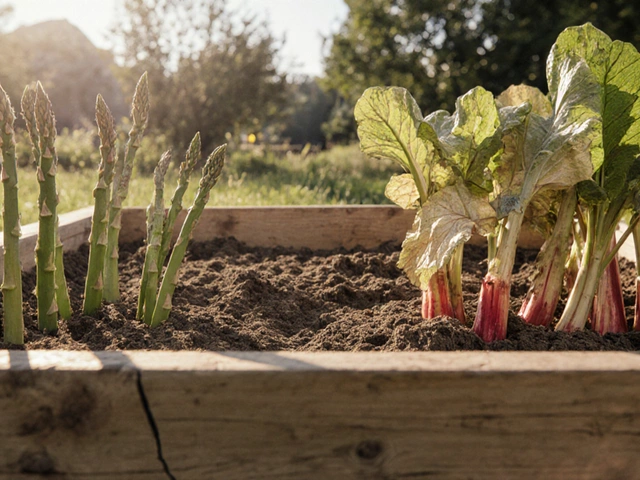Garden Pests – Spot Them Early, Stop Them Fast
Every gardener knows the frustration of finding holes in leaves or wilted shoots. Those signs usually mean pests have moved in. The good news? Most garden pests are easy to identify and even easier to manage if you act quickly. This guide gives you the basics you need right now, no PhD required.
Common Garden Pests in India
Aphids are tiny, soft‑bodied insects that cluster on new growth. They spray a sweet honeydew that attracts black sooty mold. Whiteflies look like tiny moths; they flutter up when you disturb a leaf and leave yellow spots behind. Caterpillars, especially the leaf‑eating varieties on vegetables, chew large holes in leaves. Snails and slugs love damp soil and leave ragged holes with a shiny trail. Beetles such as the vegetable beetle chew on seedlings, and mealybugs appear as cottony patches on stems.
Spotting these pests early saves you a lot of hassle. Look for:
- Sticky residue or black mold on leaves (aphids).
- Yellow speckles or a “white‑fly” look on the underside of leaves.
- Irregular holes or ragged edges (caterpillars, beetles).
- Silvery slime trails on soil (snails, slugs).
- Cottony white patches on stems (mealybugs).
Easy, Eco‑Friendly Control Methods
Before reaching for chemicals, try these low‑cost, plant‑friendly options. A strong soap spray (1‑2 % mild liquid soap) works wonders on aphids and whiteflies. Mix a few drops of neem oil with water and spray the undersides of leaves – neem disrupts insect feeding and reproduction. Garlic‑chili spray (blend 2 cloves garlic, 1 small red chili, a cup water, strain, then dilute) repels many soft‑bodied pests.
Hand‑picking is surprisingly effective for larger pests like caterpillars and beetles. Drop them into a bucket of soapy water and you’re done. For snails and slugs, scatter diatomaceous earth around plant bases; the tiny fossil shells cut their soft bodies. Encourage beneficial insects – ladybugs love aphids, and lacewings eat many soft‑bodied pests. Planting marigold or basil nearby can also deter certain insects.
If damage gets out of hand, you can use an organic pesticide such as neem‑based granules or a low‑toxicity spinosad spray. Apply only to the affected area and follow label instructions. Always test any spray on a few leaves first to avoid leaf burn.
Prevention keeps the battle short. Keep garden beds free of weeds, remove plant debris, and rotate crops each season. Healthy soil rich in organic matter makes plants tougher, so they bounce back faster from any insect attack.
Remember, a little monitoring each week can stop a pest problem before it spreads. Walk your garden, tap leaves, and note any changes. With the right identification and a few simple tricks, you’ll keep your garden thriving without nasty chemicals.
Will Rabbits Eat Zinnias in Your Garden?
Rabbits can cause havoc in a garden, and if you're growing zinnias, you might wonder if these beautiful blooms are at risk. Though zinnias aren't the first choice for rabbits, they're not entirely safe either. Understanding how to prevent rabbit munching can save your flowers. This article offers insights and practical tips for protecting your zinnia garden from these fuzzy critters.
About
Kitchen Gardening
Latest Posts


Is Distilled Water the Same as Tap Water for Your Indoor Plants?
By Alden Thorne Apr 15, 2025

Natural Alternatives to Perlite in Your Garden
By Alden Thorne Apr 8, 2025

Plants That Struggle in Raised Beds - What to Avoid
By Alden Thorne Oct 8, 2025

